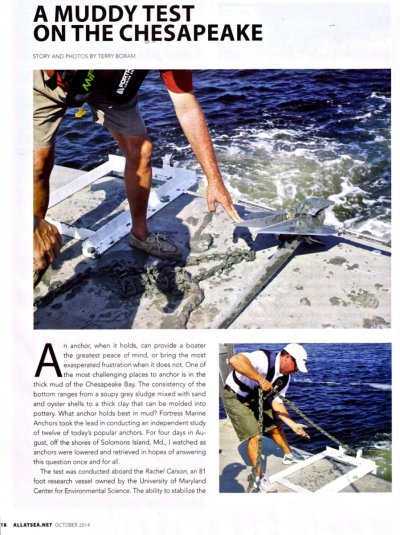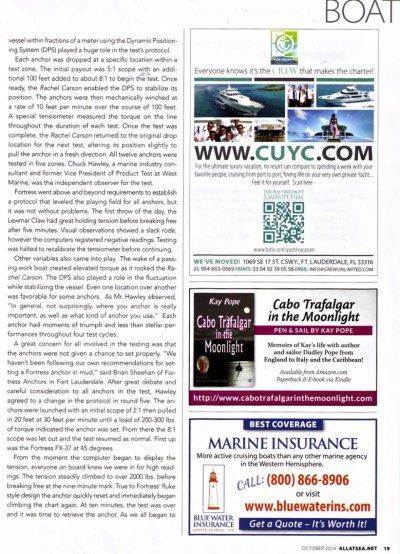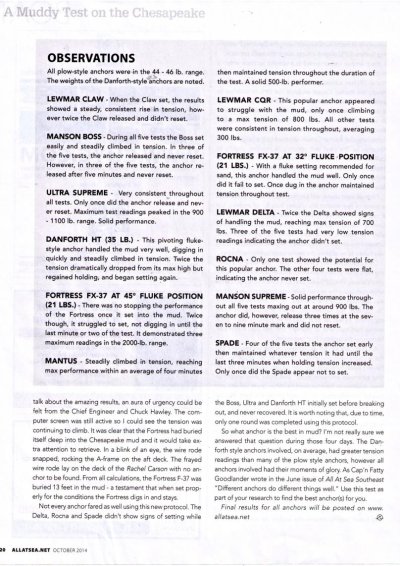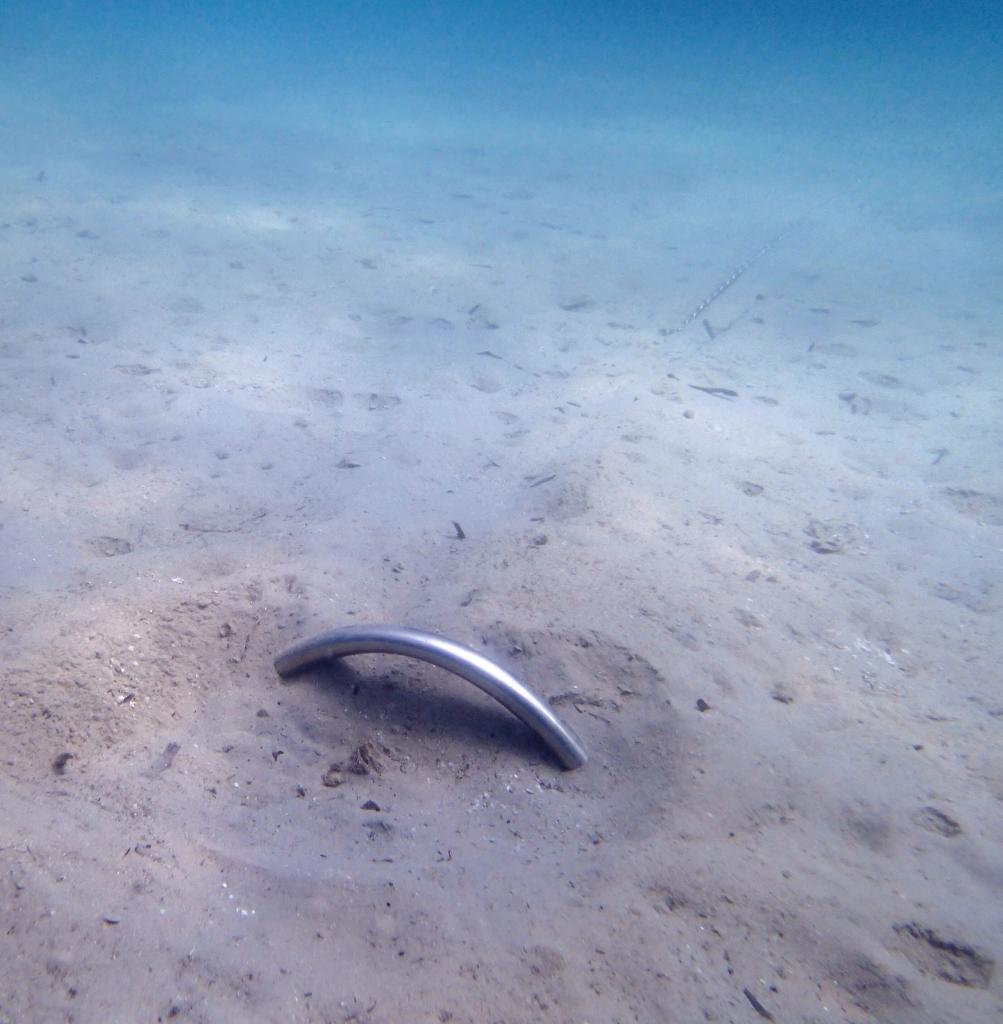Rex Wrote:
Marin if you are going to lump in the Excel as a Plough then I don’t see why you would prefer the Super Sarca?.
Because the Super Sarca is a rollbar anchor, and I think the rollbar anchor is the cleverest idea since sliced bread.

The Excel is a new twist on an old idea, the CQR. The plow design, be it a CQR, Delta, Excel, etc. is streamlined in the direction of pull, and I simply believe that's a fundamentally bad idea. Sorry, but that's the way I feel.
I can certainly understand why a rollbar anchor manufacturer would want to come out with something like this, because the rollbar anchor presents some real stowage problems with a lot of pulpit designs. So the moment you stick a rollbar on an anchor you elminate a good chunk of your potential market. Apparently, Peter Smith over at Rocna has finally figured out what you guys realized awhile back.

The most experienced, most knowledgable boater I've ever met, a long-time sailboater in our boating club, has a CQR on his 40' sloop. He's had pretty good luck with it, he told me, in the decades he's been sailing the Pacific Northwest and up the BC coast.
When we started looking for a better anchor to replace the anchor we were not happy with, I asked him what it was that he liked about the CQR, and why it is one of the most popular anchors in this area, particularly on sailboats.
He thought about it for a moment, and then said the main reason he liked and bought it was that it was the first anchor to come along that fit really well on the bow of a modern (meaning no bowsprit) sailboat. He said he wasn't particularly impressed with its holding power and sometimes it was a bit stubborn to set, but in all the years he's been boating he's rarely run into conditions that really taxed the anchor. He's had it drag a few times, but in his view, that's the nature of boating. It fits well on his boat, it works well almost all the time, so he's a happy man, he said.
Sensible answer from a very sensible boater. But since we CAN carry a rollbar anchor with no problems on our boat, that's what we decided was the thing to get.
Now I will say I much prefer the angle of the Rocna's fluke to its shank to the angle (or lack thereof) between the Sarca's fluke and its shank. And as I've stated before, I don't like slotted shanks. But take the Rocna design out of the picture, and I think you guys have the best anchor going in the Super Sarca.
At least based on my own visual evaluation of the design and the testimonials I've read including those from this forum's Peter B. Obviously we've never actually used a Super Sarca, so I can't make any judgement about its performance based on personal use.
BTW, don't feel that you need to explain how your anchors work again. You've done that in the past and I paid attention to what you wrote, so I'm not trying to provoke you into doing it all again.

I'm just answering the question you posed above.
Cheers,




 Just perfect!
Just perfect!
 Nevertheless, every time I've dropped my Bruce knockoff, it grabs the sticky SF estuary mud readily in the 1-to-2.5-knot current; lay out some more scope, and I'm good to stay despite frequent 180-degree tidal changes.
Nevertheless, every time I've dropped my Bruce knockoff, it grabs the sticky SF estuary mud readily in the 1-to-2.5-knot current; lay out some more scope, and I'm good to stay despite frequent 180-degree tidal changes.
